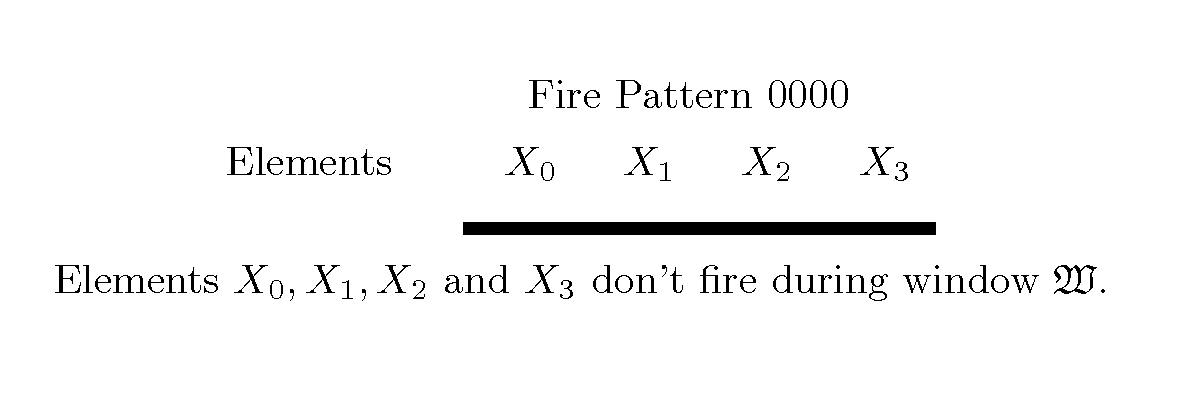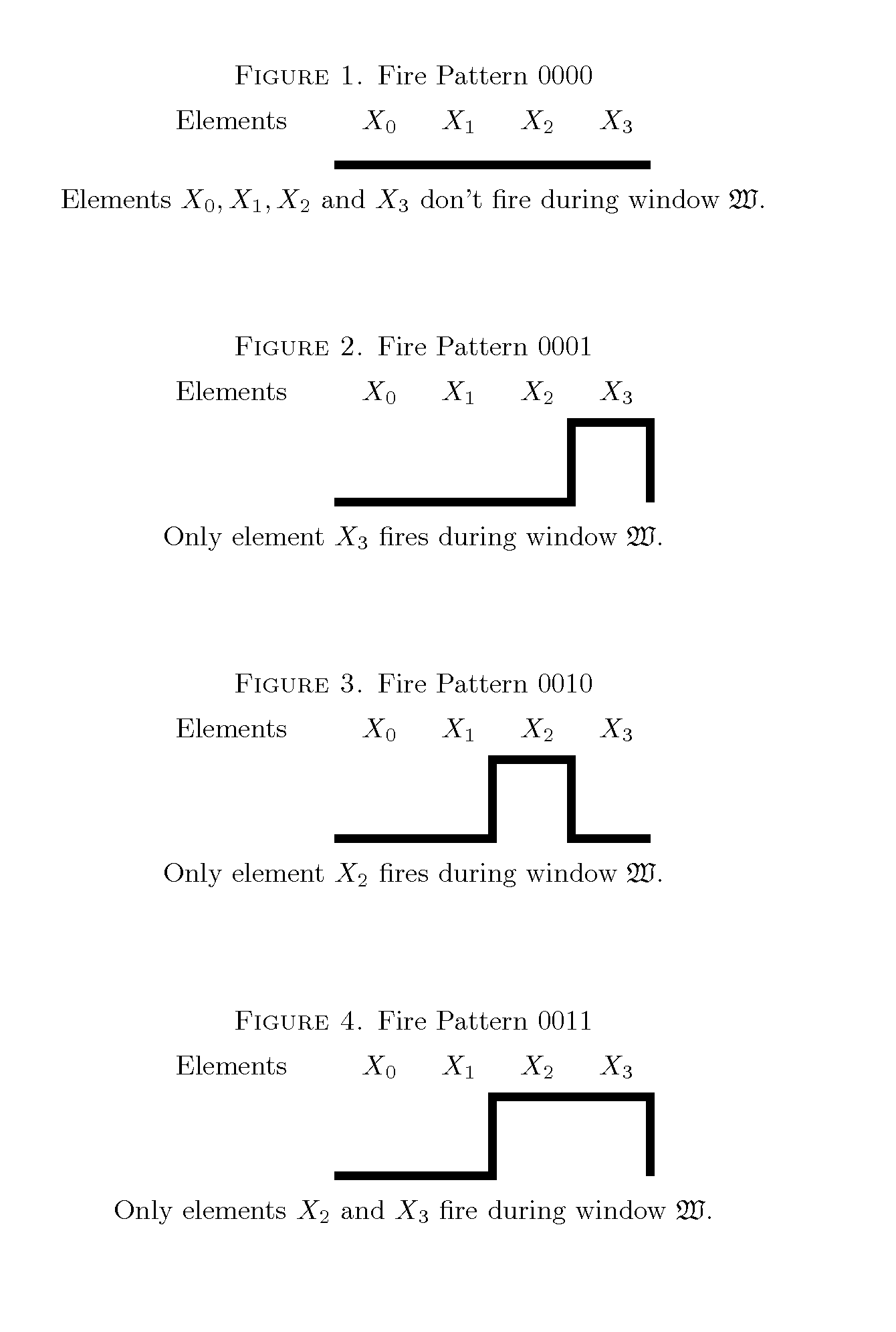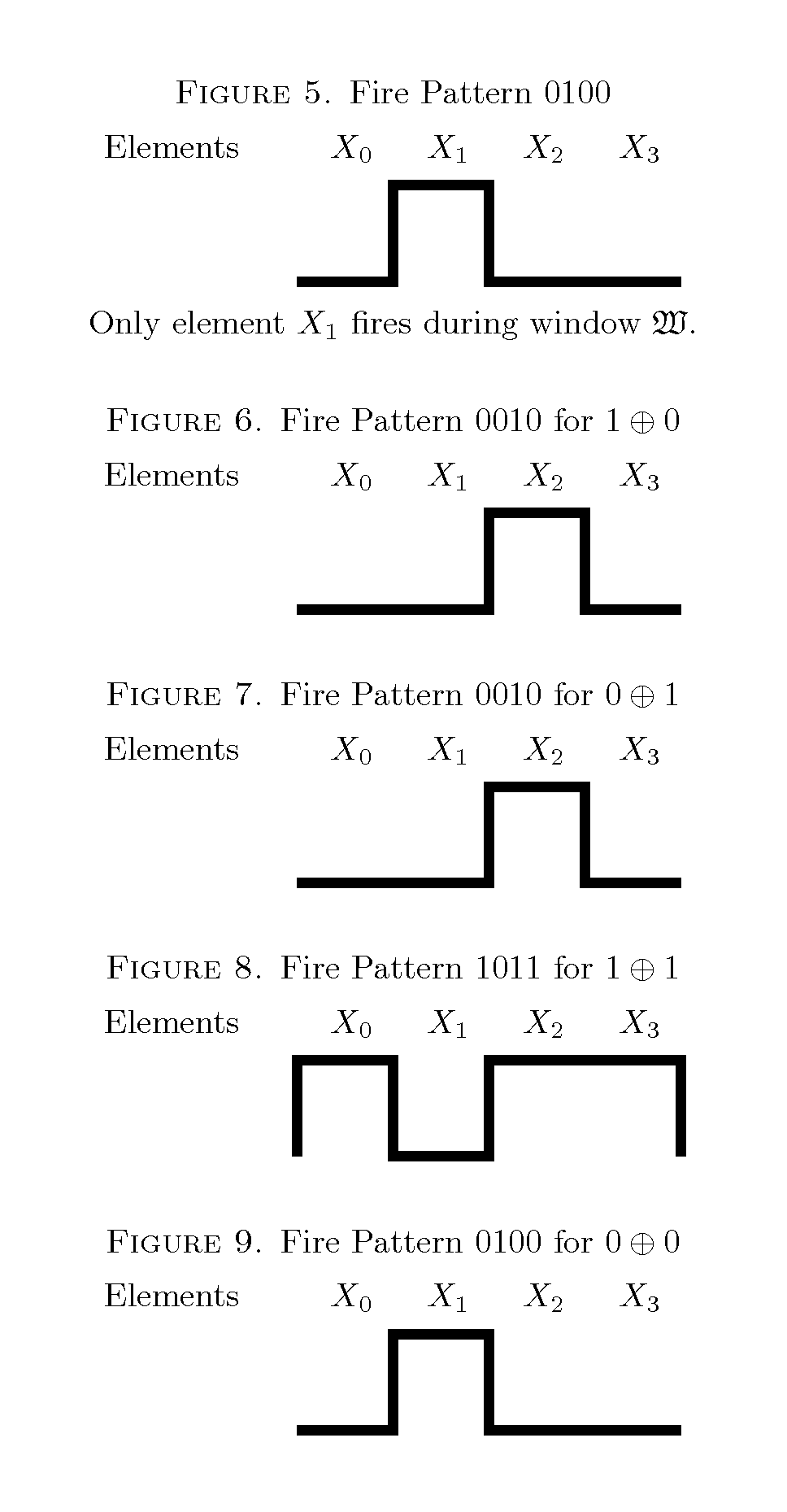Non-Deterministic Secure Active Element Machine
a technology of active elements and non-deterministic security, applied in the field of computing, can solve the problems of malware hijacking, difficult apprehending of adversaries, and prior art failure to secure computers, networks and the internet,
- Summary
- Abstract
- Description
- Claims
- Application Information
AI Technical Summary
Benefits of technology
Problems solved by technology
Method used
Image
Examples
example 2.4
Turing Machine Configuration
[0322]Consider configuration (p, 2, . . . ##αβ## . . . ). The first coordinate indicates that the Turing machine is in state p. The second coordinate indicates that its tape head is currently scanning tape square 2, denoted as T2 or T(2). The third coordinate indicates that tape square 1 contains symbol α, tape square 2 contains symbol β, and all other tape squares contain the # symbol.
example 2.5
Halt Configuration Represented as Natural Numbers
[0323]A second example of a configuration is (1, 6, . . . 1111233111 . . . ). This configuration is a halted configuration. The first coordinate indicates that the machine is in halt state 1. The second coordinate indicates that the tape head is scanning tape square 6. The underlined 2 in the third coordinate indicates that the tape head is currently scanning a 2. In other words, T(6)=2, T(7)=3, T(8)=3, and T(k)=1 when k8.
[0324]DEFINITION 2.6 Turing Machine Computational Step
Consider machine (Q, A, η) with configuration (q, k, T) such that T(k)=α. After the execution of one computational step, the new configuration is one of the three cases such that for all three cases S(k)=β and S(j)=T(j) whenever j≠k:
[0325]Case I. (r, k−1, S) if η(q, α)=(r, β, L).
[0326]Case II. (r, k+1, S) if η(q, α)=(T, β, R).
[0327]Case III. (h, k, T). In this case, the machine execution stops (halts).
If the machine is currently in configuration (q0, k0, T0) and o...
example 2.9
[0332]Q={q, r, s, t, u, v, w, x}. A={1, 2}. Halting State=h
η(q, 1) = (r, 1, R).η(q, 2) = (h, 2, R).η(r, 1) =η(r, 2) =(h, 1, R).(s, 2, R).η(s, 1) = (t, 1, R).η(s, 2) = (h, 2, R).η(t, 1) =η(t, 2) =(h, 1, R).(u, 2, R).η(u, 1) = (h, 1, R).η(u, 2) = (v, 1, R).η(v, 1) =η(v, 2) =(h, 1, R).(w, 2, R).η(w, 1) = (h, 1, R).η(w, 2) = (x, 1, L).η(x, 1) =η(x, 2) =(h, 1, R).(q, 2, R).Left pattern = 12.Spanning Middle Pattern =Right121 2212.pattern = 212.
The machine execution steps are shown in FIG. 15 with tape head initially at square 1. The tape head location is underlined. The tape head moves are {R6 LR}n. The point p=[q, 121212222] is an immortal periodic point with period 8 and hyperbolic degree 6.
[0333]REMARK 2.10 If j≦k, then [(j), (j)]⊂[(k), (k)]
This follows immediately from the definition of the window of execution.
[0334]Since the tape squares may be renumbered without changing the results of the machine execution, for convenience it is often assumed that the machine starts execution at ta...
PUM
 Login to View More
Login to View More Abstract
Description
Claims
Application Information
 Login to View More
Login to View More - R&D
- Intellectual Property
- Life Sciences
- Materials
- Tech Scout
- Unparalleled Data Quality
- Higher Quality Content
- 60% Fewer Hallucinations
Browse by: Latest US Patents, China's latest patents, Technical Efficacy Thesaurus, Application Domain, Technology Topic, Popular Technical Reports.
© 2025 PatSnap. All rights reserved.Legal|Privacy policy|Modern Slavery Act Transparency Statement|Sitemap|About US| Contact US: help@patsnap.com



